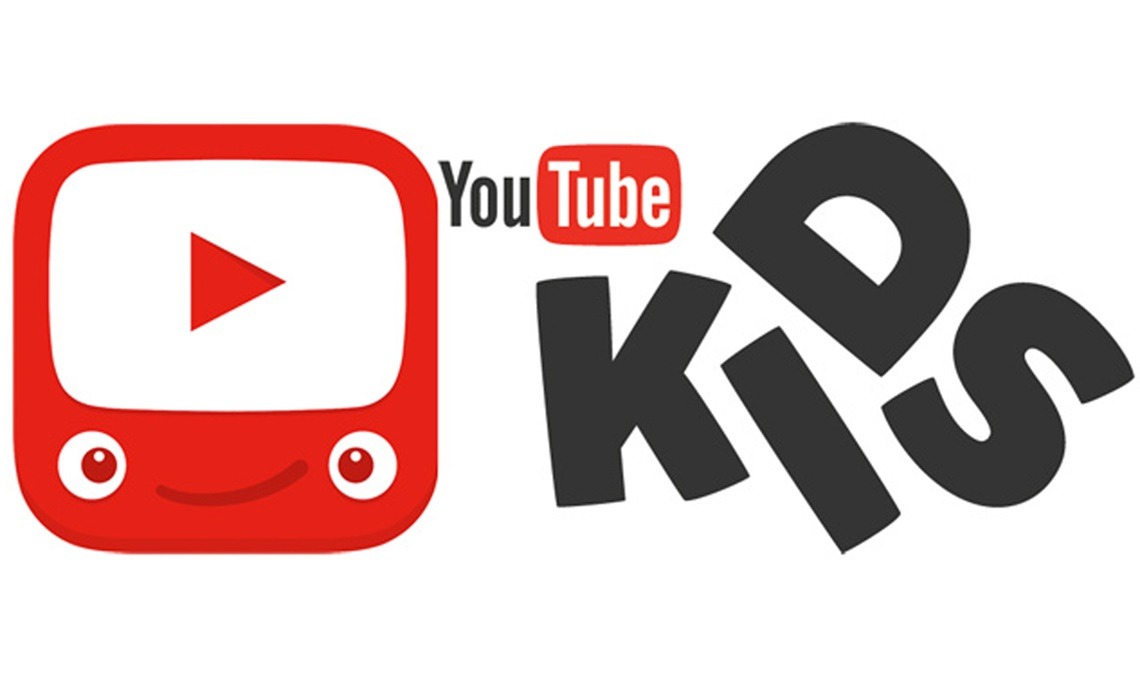Starting a new brand can be an exciting but challenging endeavor as you may encounter various obstacles and difficulties in establishing your presence in the market. These hurdles in brand establishment can range from building brand identity to gaining customer trust and loyalty. In this blog, we will explore the top 10 challenges that new brands often face and provide effective branding solutions to overcome them. Whether it’s creating a unique brand positioning or utilizing social media for brand promotion, we will offer valuable insights to help you navigate these challenges successfully. By understanding and addressing these branding obstacles, you can lay a solid foundation for your new brand’s success.
Not Building a Good Brand Identity
Brands confront three relevant threats: fewer people purchasing what the company offers, new reasons not to purchase, and a lack of enthusiasm. Detecting and reacting to each demands a thorough understanding of the market, as well as a willingness to invest and evolve. Understanding the importance of brand identity is crucial for new brands to establish a strong presence in the market.
Understanding the Importance of Brand Identity
Brand identity plays a vital role in shaping how consumers perceive and connect with your brand. It goes beyond just a logo or tagline; it represents your brand’s image, persona, and character. A well-defined brand identity helps create consistency and builds trust among your target audience.
Crafting a Memorable Brand Identity
To craft a memorable brand identity, start by defining your brand’s mission, vision, and values. A brand vision must distinguish itself, connect with consumers, and motivate staff. It must be implementable, function over time in a dynamic marketplace, and drive brand-building strategies. Working visions are often multimodal and adaptive to many circumstances. They use notions like brand personality, corporate values, and a greater purpose, and they often go beyond practical advantages.
Designing visually appealing assets such as logos, color palettes, and typography is another essential aspect of creating a memorable brand identity. Your logo should be unique and easily recognizable while reflecting your brand’s personality. Choose colors and fonts that align with your brand’s values and evoke the desired emotions in your audience.
By investing time and effort into developing a strong brand identity, you can differentiate yourself from competitors and leave a lasting impression on consumers.
Lack of creativity And Brand Awareness
Brand awareness is crucial for attracting customers and gaining a competitive edge. It refers to the extent to which consumers recognize and recall your brand. Establishing strong brand awareness is essential for new brands looking to make their mark in the market.
The Significance of Brand Awareness
Brand awareness plays a vital role in driving customer engagement and loyalty. When consumers are aware of your brand, they are more likely to consider it when making purchasing decisions. Increased brand recognition also helps build trust and credibility with your target audience.
Strategies to Increase Brand Awareness
To increase brand awareness, leverage social media platforms to reach a wider audience and engage with potential customers. Create compelling content that showcases your brand’s unique value proposition and resonates with your target audience. Engage with followers, respond to comments, and actively participate in conversations related to your industry.
Investing in content marketing can also enhance brand visibility. Create valuable and informative content that addresses the pain points of your target audience. Collaborate with influencers who align with your brand values to expand your reach and tap into their existing follower base.
Additionally, optimize your website and online presence through search engine optimization (SEO) techniques. This will improve your visibility on search engine results pages (SERPs) and drive organic traffic to your website.
By implementing these strategies, you can increase brand awareness, improve brand recognition, and establish a strong presence in the market.
Not Communicating Your Value: Brand Message
Crafting an effective brand message is essential for conveying the value and benefits your brand offers. It should clearly communicate your brand’s unique selling proposition and resonate with your target audience, setting you apart from competitors.
Crafting an Effective Brand Message
Your brand message should be concise, compelling, and aligned with your brand’s positioning. Clearly articulate the value and benefits that your product or service provides to customers. Focus on addressing their pain points and demonstrating how your brand can solve their problems or fulfill their needs.
To craft an effective brand message, consider the language and tone that will resonate with your target audience. Use words and phrases that evoke emotions and connect with their aspirations or desires. Keep it simple yet impactful to ensure easy understanding and recall.
Consistency in Brand Messaging
Maintaining consistency in your brand messaging is crucial for building a strong and recognizable brand identity. Ensure that your messaging remains consistent across all channels and touchpoints, including your website, social media profiles, advertising campaigns, and customer interactions.
Consistency helps reinforce your brand’s values, personality, and positioning in the minds of consumers. It builds trust and familiarity while reducing confusion or mixed messages.
Regularly review your brand messaging to ensure it aligns with your overall brand identity. Make adjustments as needed to reflect any changes in market trends or consumer preferences while staying true to the core essence of your brand.
By crafting an effective brand message that resonates with your target audience and maintaining consistency in its delivery, you can effectively communicate the value of your brand to drive engagement and loyalty.
Giving Up Against Market Competition
Competition is inevitable in any industry, but with the right strategies, you can overcome it and establish a strong position in the market. Navigating market competition requires a thorough understanding of your competitors, their strengths, weaknesses, and finding ways to differentiate your brand.
Navigating Market Competition
To navigate market competition successfully, start by analyzing your competitors. Identify their unique selling points, target audience, and marketing strategies. This analysis will help you understand where your brand stands in comparison and identify areas for improvement or differentiation.
Differentiating your brand is crucial to stand out from the competition. Focus on delivering exceptional customer experiences that go beyond what your competitors offer. Provide personalized services, address customer pain points effectively, and consistently exceed expectations.
Strategies to Stay Competitive
Staying competitive requires continuous innovation and adaptation to market trends. Keep a pulse on industry developments and consumer preferences to anticipate changes and proactively adjust your strategies. Embrace new technologies or approaches that can give you a competitive advantage.
Building customer loyalty is another effective strategy for staying ahead of the competition. Focus on creating long-lasting relationships with your customers through excellent service, personalized experiences, and ongoing communication. Implement loyalty programs or incentives that encourage repeat purchases and foster customer loyalty.
Regularly monitor and evaluate your performance against key metrics to measure the effectiveness of your strategies. Make data-driven decisions to optimize your operations and improve customer satisfaction.
By navigating market competition strategically and focusing on differentiation, innovation, customer loyalty, and continuous improvement, you can stand strong in a competitive market landscape.
No Emotional Connection: Lack Brand Storytelling
Brand storytelling has the power to create an emotional connection with your audience. It allows you to communicate your brand’s values, mission, and purpose in a compelling and relatable way.
The Power of Brand Storytelling
Brand storytelling goes beyond simply promoting products or services. It taps into the emotions and experiences of your audience, creating a deeper connection with your brand. By sharing stories that resonate with their aspirations, challenges, or desires, you can build trust and loyalty.
Through storytelling, you can convey your brand’s unique personality and differentiate yourself from competitors. Stories have the ability to evoke emotions, making your brand more memorable and impactful. They help humanize your brand by showcasing its values, culture, and impact on people’s lives.
Crafting an Engaging Brand Story
To craft an engaging brand story, start by identifying what makes your brand unique. What is the story behind its inception? What are the core values that drive your business? Use these elements to create a narrative that authentically represents your brand.
Share your story through various channels such as social media posts, blog articles, videos, or customer testimonials. Use storytelling techniques like relatable characters, conflict, and resolution to captivate your audience’s attention. Make sure that the story aligns with your brand identity and resonates with the values of your target audience.
Remember to keep the focus on how your brand can make a positive impact in people’s lives. Highlight real-life examples or case studies that demonstrate how your products or services have helped customers overcome challenges or achieve their goals.
By harnessing the power of brand storytelling and crafting an engaging narrative that connects emotionally with your audience, you can create a lasting impression and build strong relationships with customers.
Last Tip-Off
Starting a new brand comes with its fair share of challenges, but with the right strategies, they can be overcome. By focusing on brand identity, awareness, positioning, messaging, social media branding, competition, customer trust and loyalty, and brand storytelling, new brands can build a strong foundation for success. It’s important to remember that building a brand is a continuous journey that requires adaptability, innovation, and a deep understanding of your target audience. By addressing the hurdles in brand establishment and implementing effective solutions, new brands can navigate the complexities of the market and establish themselves as strong contenders.






